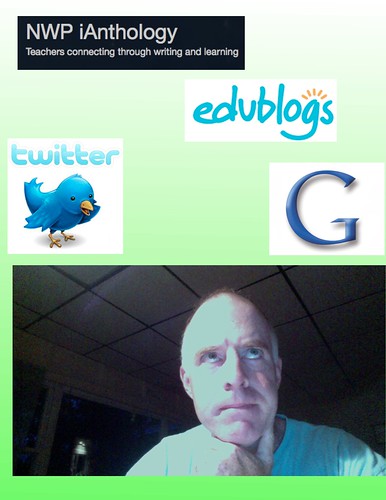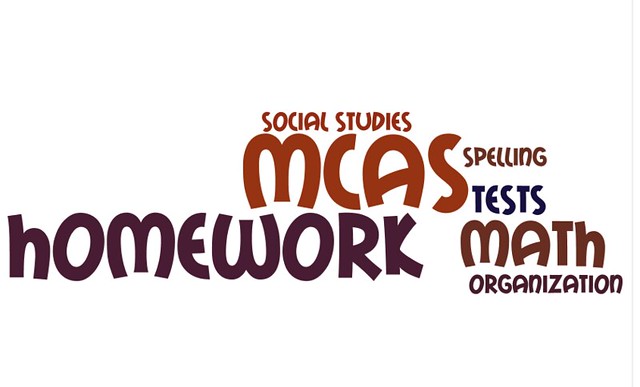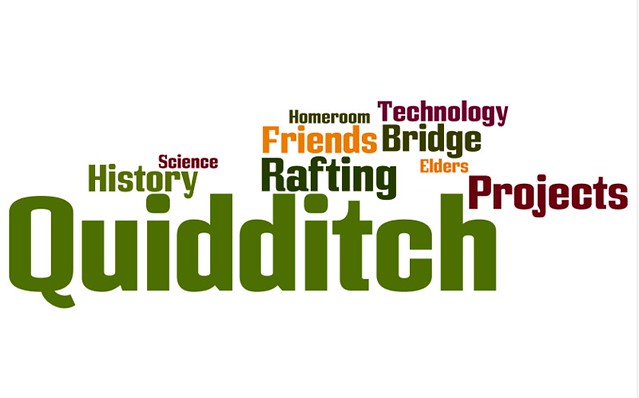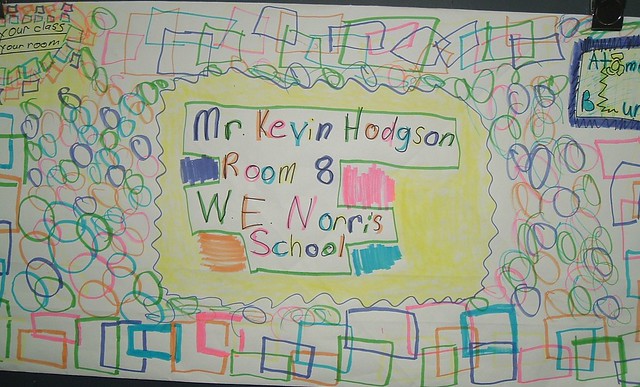Influenced heavily by the work of Scott McCloud, radio host/media critic Brooke Gladstone and illustrator Josh Neufeld take a deep look into the ways in which we are influenced by media, and the ways that we influence media. Told through a sort of historical lens, Gladstone’s The Influencing Machine: Brooke Gladstone On The Media takes apart ways in which culture has been impacted by public relations by government officials; the rise of radio and television in marketing a world vision; and how technology is increasingly playing a role in both amplifying voices (for good or ill).
I give props to Neufield’s artwork here, which creatively and playfully tells its own story even as Gladstone’s writing shines through as critic and a self-professed lover of all things media (she is a host for On the Media radio show). The Influencing Machine is a prime example of ways in which the visual text is as rich as the written text on a non-fictional scale. I found myself pretty interested in what Gladstone had to say, but I also have a history in journalism as a newspaper reporter and junky. I wonder if the general public would stay with this book?
If you are a teacher of high school or college journalism, The Influencing Machine is worth a look, as it may give your students another perspective on ways that media shapes our world, and how it can be both a boon for the otherwise powerless and a weapon for rhetoric by those in power. I imagine that Gladstone comes from the political left, but her graphic non-fiction here takes dead aim across the board.
In the end, her message is one that we all do need to hear: stay alert and don’t let the powerful whisper in your ear, and use the advantages of media for your own benefit. Her call for us to be individuals in the face of media overload, and not be content as just passive consumers, is even more important as the world of journalism does a slow dive. But we need filters, too.
She writes: “…the media cover the world like cloudy water. We have to consciously filter it. In an era when everything is asserted and anything denied, we really need to know who we are and how our brains work (128).”
I agree.
Peace (in the media),
Kevin





